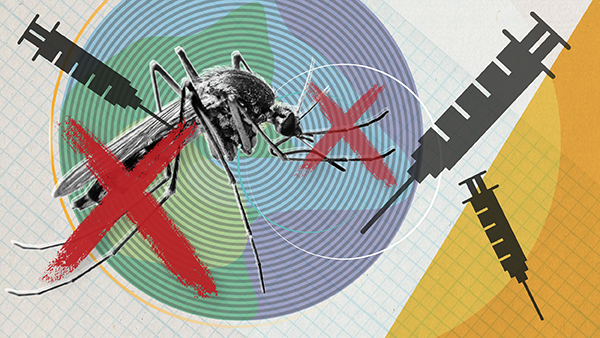New Antibiotic on the Block
Can Clovibactin eliminate bacteria without driving AMR?
According to the Centers for Disease Control and Prevention, antimicrobial resistance adds a 20 billion dollar surplus in direct US healthcare costs each year, which results in approximately 35 billion dollars of lost productivity annually (1). Despite this, very few new antibiotics have been introduced into clinics over the last decade – and those that do often resemble previously identified antibiotics. Now, researchers from an international collaboration have discovered a new antibiotic candidate: Clovibactin (2).
Isolated from the uncultured soil Gram-negative bacterium Eleftheria terrae ssp. carolina, Clovibactin has shown promise in eliminating drug-resistant bacterial pathogens by targeting not just one but three different precursor molecules that block bacterial cell wall synthesis at different positions. The researchers found this multi-target attack can kill an array of bacterial pathogens without developing resistance – and even treat mice infected with Staphylococcus aureus.
Markus Weingarth, a researcher from the Chemistry Department of Utrecht University, likened this approach to “a cage that encloses its target” (3). “As Clovibactin only binds to the immutable, conserved part of its targets, bacteria will have a much harder time developing any resistance against it. In fact, we did not observe any resistance to Clovibactin in our studies,” he said (3).
The drug can also self-assemble into large fibrils on the surface of bacterial membranes when binding to target molecules. These fibrils remain stable for enough time to ensure the target molecules can kill bacteria. Notably, the fibrils do not form on human membranes, potentially explaining why Clovibactin selectively damages bacterial cells without being toxic to human cells.
In the research paper, the authors wrote (2): “Clovibactin blocks cell wall synthesis by targeting pyrophosphate of multiple essential peptidoglycan precursors (C55PP, lipid II, and lipid IIIWTA). Clovibactin uses an unusual hydrophobic interface to tightly wrap around pyrophosphate but bypasses the variable structural elements of precursors, accounting for the lack of resistance […] This potent antibiotic holds the promise of enabling the design of improved therapeutics that kill bacterial pathogens without resistance development.”
References
Centers for Disease Control and Prevention, “Antibiotic Resistance Threats in the United States” (2013). Available at: bit.ly/3sSWUVS.
R Shukla et al., “An antibiotic from an uncultured bacterium binds to an immutable target,” Cell, [Online ahead of print] (2023). PMID: 37611581.
Utrecht University, “New antibiotic from microbial ‘dark matter’ could be powerful weapon against superbugs” (2023). Available at: bit.ly/3RbLRB7.




